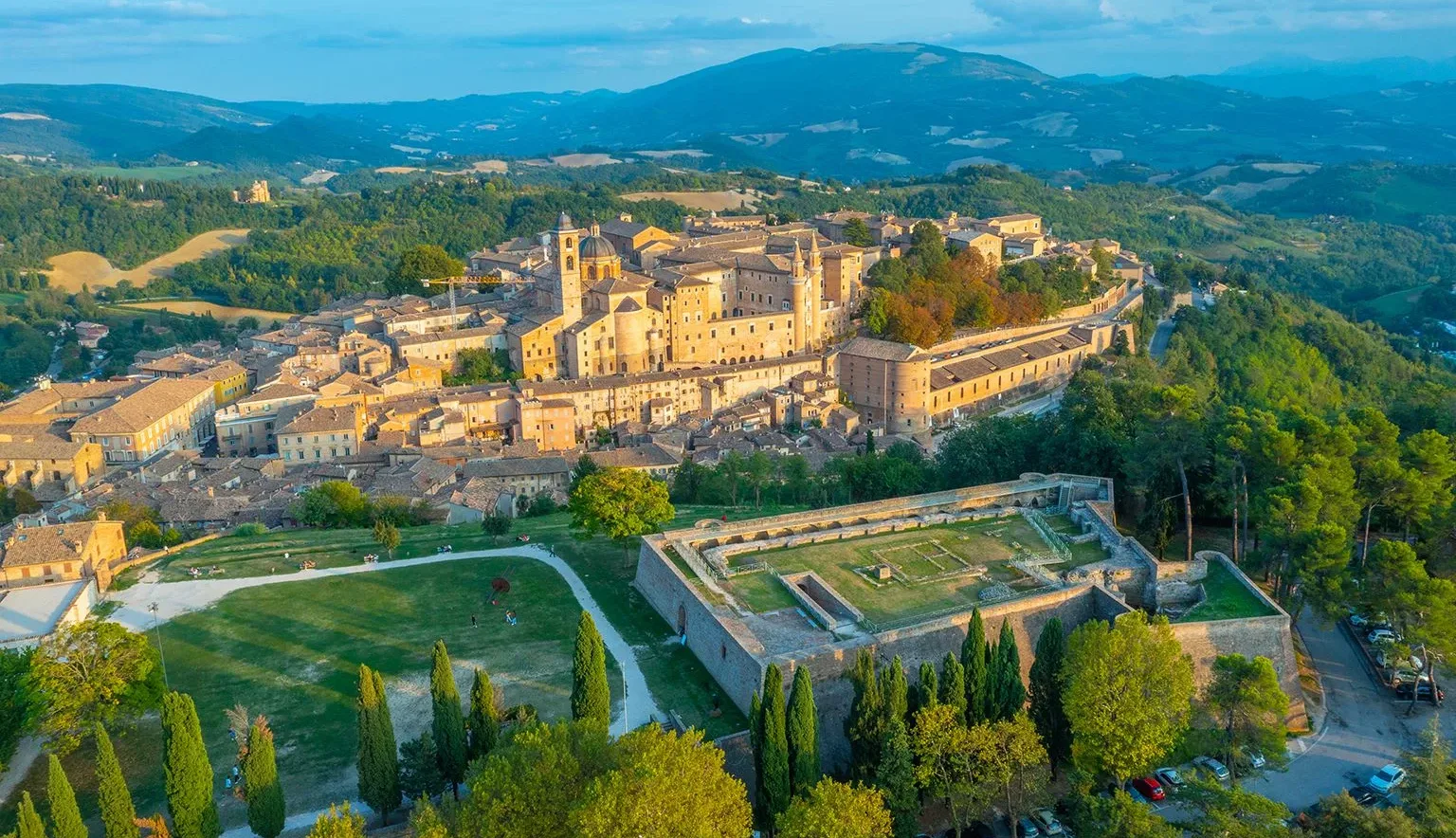Delicately nestled between the sloping foothills of the Northern Apennines and the languid breeze that carries the salty, citrus scent of the Adriatic Sea, lies the ancient city of Urbino, Italy.
This bundled oasis may only host a historic centre spanning little more than a single square kilometre, but it concentrates a heritage so vast and poignant that it left a mark on European history, culture, art, and architecture for centuries to come.
The city, which was named a UNESCO World Heritage Site in 1998, retains its 600-year-old medieval appearance, acting as a uniquely situated window to the sumptuous luxury of the Renaissance period.
Blissfully intact and yet to be suffocated by mass tourism, Urbino did not have a post-war industrial boom like many other historic cities, thus inadvertently saving it from the increasingly invasive species known as the modern suburb.
The striking city centre is defined by its looming Renaissance walls, still adorned with long-abandoned bastions, narrow streets meant for the clap of hooves instead of car tyres, sandstone buildings with carved graffiti dating back centuries, and glimpses of a billowing emerald landscape that stretches beyond the skyline.
Urbino represents the pinnacle of Renaissance life, harmoniously adapted to its medieval predecessor in an unrivalled manner.
This place of tranquillity and culture is home to the Palazzo Ducale, which is as beautiful as it is impregnable, with balconies and intricate towers that soften the austerity of the garrison-like walls and arched courtyards that protect hidden gardens once traversed by royalty and the greatest minds of the Renaissance alike.
This palace, which, in addition to being one of the most important monuments in Italy, holds some of the most significant collections of Renaissance art in the world, including work from Raphael, who was born, raised, and buried in the city centre. His childhood home is preserved as it was six centuries ago, where the infamous fresco of Madonna and Child painted on his bedroom wall as a teen still lingers.
While you may walk the streets of Urbino in silence, it will never be in solitude, as you will always feel the presence of the beauty, history, and the footsteps of millions who walked the cobbled streets before you.























